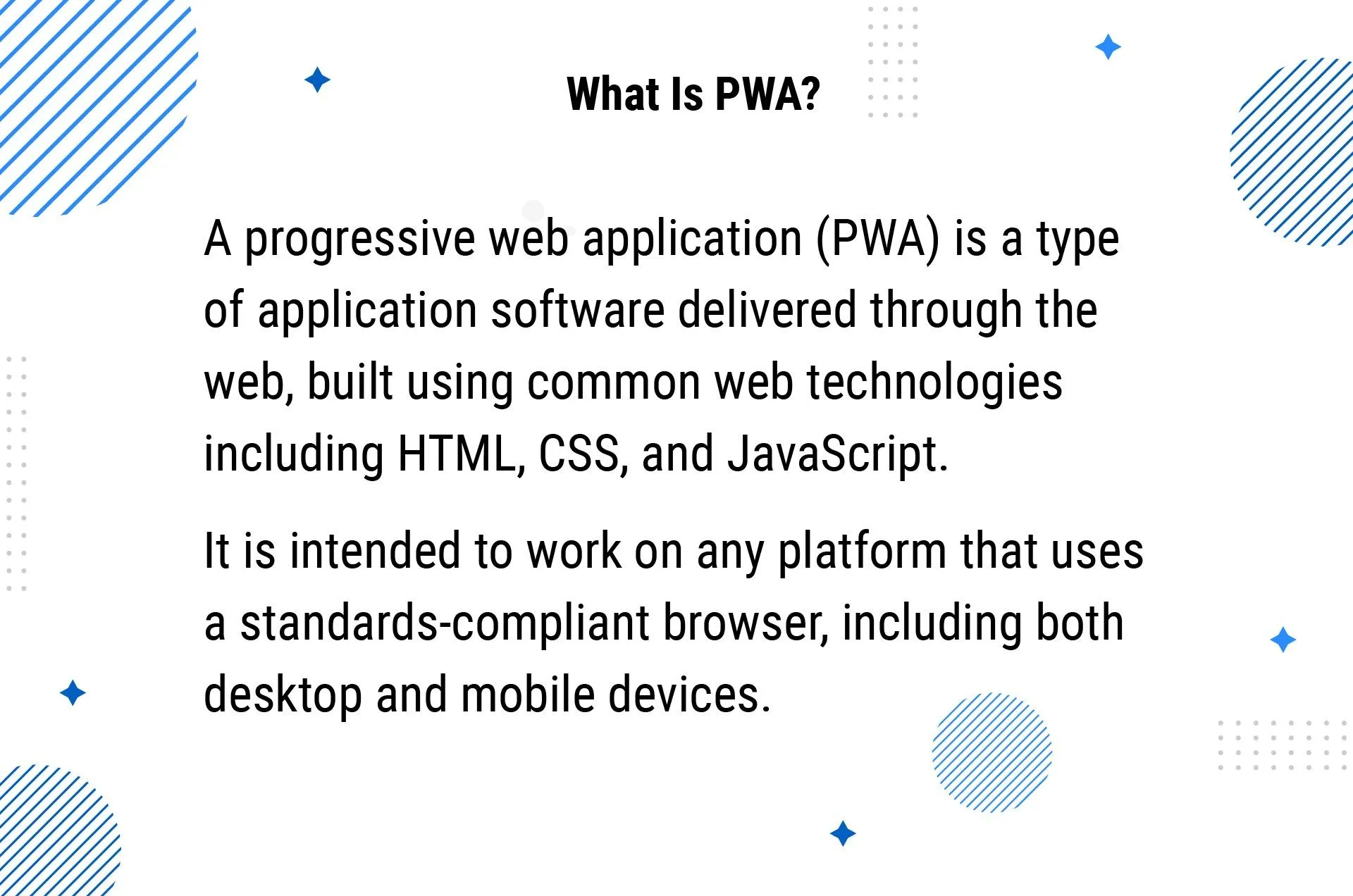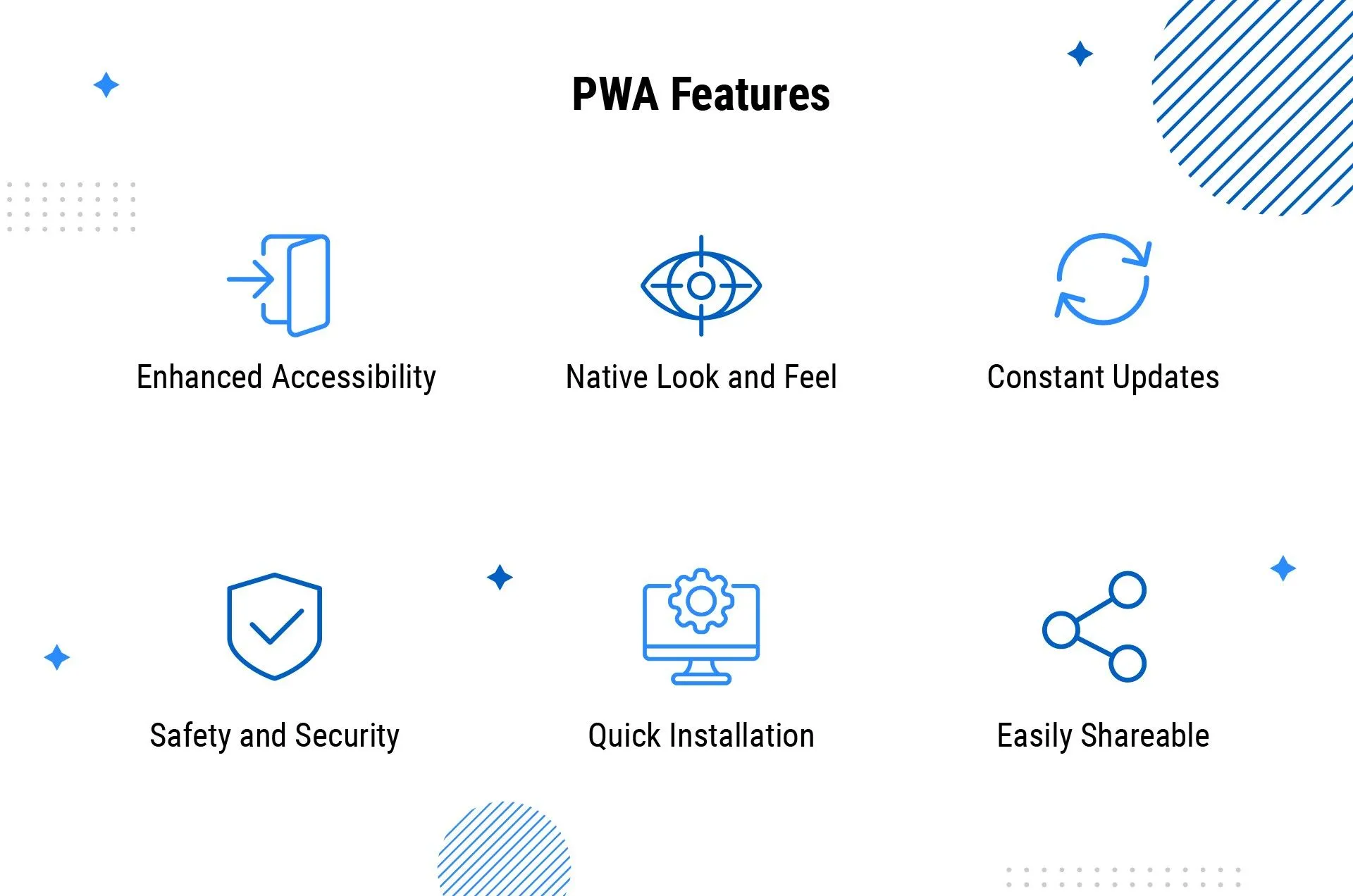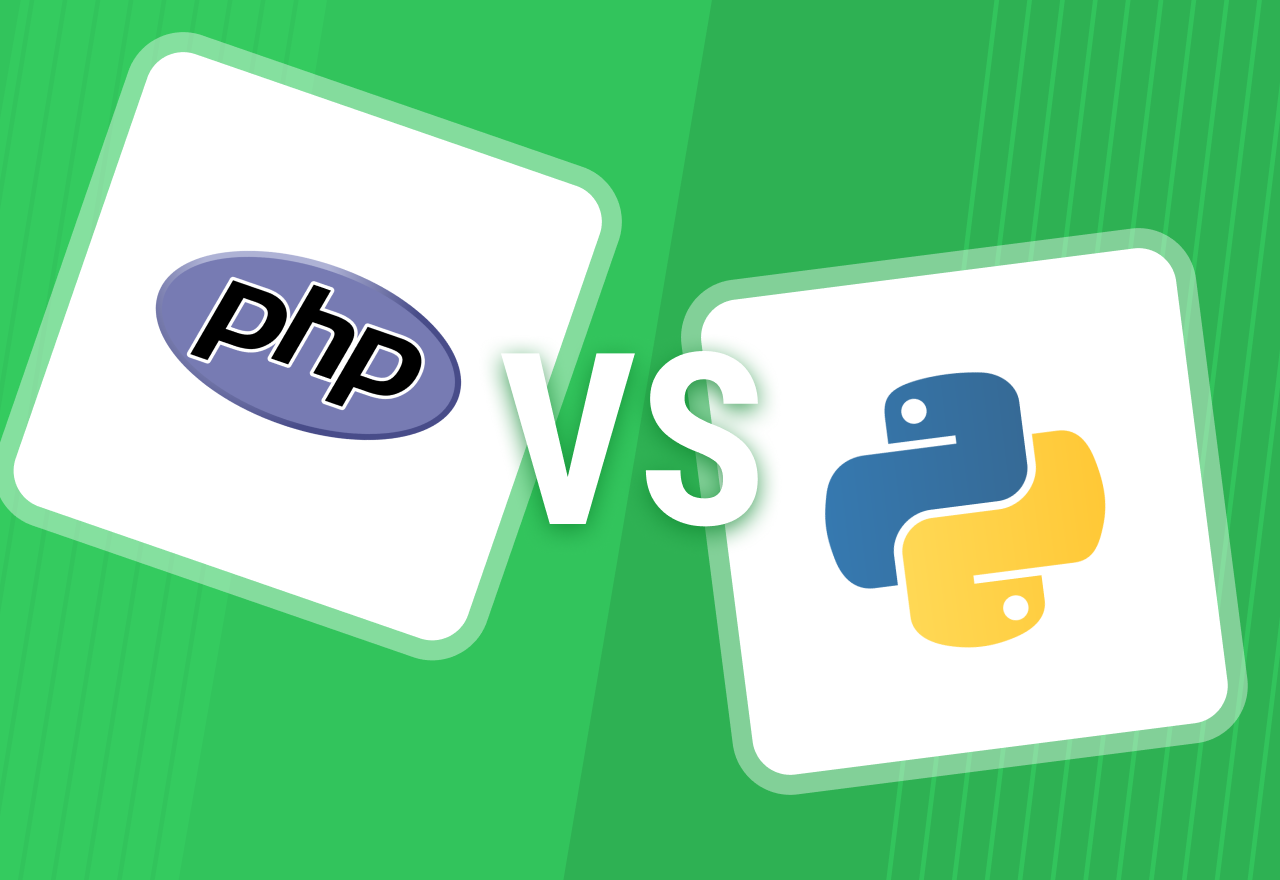Progressive Web Application (PWA): What Is It and When Do You Need It?
Table of contents
What Is PWA?
PWA Features
- Universal Accessibility
- Native Look and Feel
- Security
- Quick Installation and Home Screen Additions
- Easily Shareable as a Link
PWA vs. Native Mobile Apps: Benefits and Drawbacks
- Key PWA Advantages:
So When Choose PWA?
- Choose a PWA in 2025 if:
- 2025-2030 Outlook: The Future of PWAs
In 2025, as the lines between web and mobile continue to blur, many businesses face a dilemma: where should they focus their efforts to reach their audience? Creating separate websites and native mobile applications often leads to significantly increased budgets and development times, risking the loss of users who prefer one platform over the other. Is there a way to capture both audiences with a single solution?
In this article, we'll introduce you to Progressive Web Applications (PWA)—a flexible solution that works effectively on both web and mobile devices. We'll delve into the PWA definition, highlight its key features, compare it to traditional mobile apps, point out its advantages and disadvantages, and answer the question of when a PWA will be the optimal choice for your business in 2025 and beyond.
What Is PWA?

A PWA is a web application that, thanks to modern web technologies, offers functionality, appearance, and user experience similar to native applications. The term "progressive web application" was first coined by Frances Berriman and Alex Russell in 2015. Since then, PWA popularity has grown significantly.
By 2025, PWAs have firmly established their niche in the digital landscape. Leading platforms, including Android and iOS, actively support PWAs, continuously expanding their capabilities. Global giants like Forbes, Lancome, AliExpress, Outlook, Spotify, Twitter, Tinder, Uber, and Pinterest have long leveraged PWAs to enhance user experience and broaden their reach. The list of successful PWA examples continues to grow, encompassing both large corporations and ambitious startups.
PWA Features

So, what makes PWAs stand out? Let's look at their key characteristics that differentiate them from other types of solutions in 2025:
Universal Accessibility
PWAs blur the lines between web and mobile applications. They are accessible from any device—whether it's a smartphone, tablet, or desktop computer. Furthermore, thanks to Service Workers, PWAs provide access to core app functions even in offline mode, which is a huge advantage in situations with unstable internet connections.
Native Look and Feel
PWAs adapt perfectly to any screen size and device. On mobile devices, their interface offers app-like navigation and interactions, making them look and feel as if you are using a natively built app. On desktops, they also look and behave like installed programs.
Constant Updates: Thanks to the Service Worker mechanism, PWAs are always up-to-date. You don't have to wait for update approvals in app stores or ask users to download new versions—everything happens automatically and seamlessly, ensuring access to the latest information.
Security
By leveraging HTML5 features like Web App Manifest and Service Workers, PWAs offer a high level of security, comparable to regular web applications. All traffic is typically transmitted over HTTPS, guaranteeing secure Browse, transactions, and other actions.
Quick Installation and Home Screen Additions
The "installation" process of a PWA takes just a few seconds and occurs directly in a browser. Users don't have to waste time on lengthy downloads from app stores or complex installation processes. They can add a PWA to their device's home screen, making it easily accessible, just like any other app.
Easily Shareable as a Link
One of the key advantages of PWAs is the ability to easily share them via a standard URL. This opens up valuable opportunities for acquiring new users, as they don't need to search for your app in stores.
PWA vs. Native Mobile Apps: Benefits and Drawbacks
In 2025, when comparing PWAs to traditional native mobile applications, some differences become particularly apparent:
Key PWA Advantages:
- Internet Connection Independence: PWAs don't rely on a stable internet connection and can function fully offline, which is crucial for users in areas with poor coverage or during temporary loss of connectivity.
- High Performance: This type of application establishes a rapid data exchange process with the browser, resulting in very fast application performance and instant content loading.
- Cross-Platform Compatibility: Despite being web solutions, PWAs work and look perfectly on mobile devices, providing a consistent user experience across different platforms.

Let's look in more detail at why, in 2025, you might prefer a PWA over a native app:
- Cost Savings on Development: Native apps are traditionally among the most expensive types of apps to create. PWA development, in contrast, is significantly more cost-effective and doesn't involve substantial post-launch investments, as a single codebase covers multiple platforms.
- Reduced Development Time: Building a progressive web application takes less time, and it's entirely the responsibility of web developers. You don't need to hire separate mobile teams for iOS and Android.
- Device Storage Savings: While native apps require full download and installation, taking up valuable space on your device, PWAs free you from time-consuming downloads and installations, are stored on web servers, and occupy minimal cache space.
- Simplified User Acquisition: PWAs can easily attract new users as they can be shared via a URL, whereas the only way to get a native app is via an app store. Also, there's no need to meet strict requirements and standards set by app stores when you launch a PWA.
However, despite their numerous advantages, native apps still have their strengths:
- Deeper System Integration: Native apps can leverage a wider range of device-specific functionalities unavailable to PWAs. These include deeper integration with contacts, calendars, NFC (Near Field Communication), Bluetooth, proximity sensors, complex mobile payment capabilities, Face ID/Touch ID, and other specific hardware features. In 2025, this gap is narrowing but still exists.
- Enhanced Security and App Store Requirements: Multi-factor authentication and a set of strict requirements imposed by app stores often make native apps more secure in certain scenarios, especially when dealing with critical data or transactions.
- App Store Visibility: Presence in the App Store and Google Play provides immense visibility and user trust, as users are accustomed to searching for apps there.
So When Choose PWA?
Progressive Web Applications continue to evolve, offering significant benefits to a large number of companies. However, this doesn't mean that PWAs are equally suitable for everyone. For example, if your business requires deep integration with hardware innovations (such as complex AR/VR features or specific sensors), or if your requirements include unique, low-level device capabilities, a native app will likely still be the better choice.
Choose a PWA in 2025 if:
- You already have a web application or website and want to expand your presence to mobile devices without developing a separate native app for iOS or Android. PWAs allow you to quickly and effectively reach a mobile audience.
- Your application is primarily content-driven and does not require complex, device-specific functionality. It's ideal for blogs, news portals, online stores, educational platforms, and directories.
- You aim for maximum speed and accessibility. PWAs load instantly, work offline, and provide a smooth user experience even with poor connections.
- You are launching a startup or a new product and want to minimize initial development costs while reaching both web and mobile audiences. PWAs allow you to quickly enter the market and test your idea.
- Ease of distribution and updates is critical for you. The ability to share the app via a link and automatic updates significantly simplify marketing and support.
- You are targeting markets with unstable or expensive internet, where users prefer not to download large applications.
2025-2030 Outlook: The Future of PWAs
Between 2025 and 2030, PWAs will continue to expand their capabilities and influence within the web development ecosystem:
- Narrowing the Gap with Native Apps: We'll see further standardization and implementation of new APIs that will allow PWAs to access more device hardware features. Browser and operating system developers will actively work to smooth out the remaining differences, making PWAs even more powerful and functional.
- Improved OS Integration: PWAs are expected to integrate even more deeply into operating systems, becoming even more "first-class citizens" of devices. This could include more native notification handling, smoother file system access, and enhanced resource management.
- Increased User Adoption: As users become more accustomed to the convenience of PWAs (fast loading, no need to install from an app store, offline functionality), their adoption will grow. This will incentivize even more businesses to invest in PWAs.
- Focus on Performance and Optimization: With the advancement of new web technologies and tools, PWAs will become even more performant and optimized, offering near-instant loading and a flawless user experience.
- Expanded Use in B2B and Enterprise Sectors: PWAs will become even more attractive for corporate applications and B2B solutions, where low deployment costs, ease of updates, and cross-platform compatibility are crucial.
- New Distribution Opportunities: It's possible that new, more flexible ways to discover and "install" PWAs will emerge, complementing or partially replacing traditional app stores, especially for niche or specialized applications.
The decision of whether to choose a PWA, a native app, or a traditional website should always be based on a thorough analysis of your business strategy, target audience, and functional requirements. In 2025, PWAs represent a powerful and cost-effective tool for reaching a broad audience and providing an excellent user experience.
If you're looking for the perfect tech fit for your business or want to clarify things and get more information, feel free to contact us for a free consultation.
Updated on Jun 25, 2025





